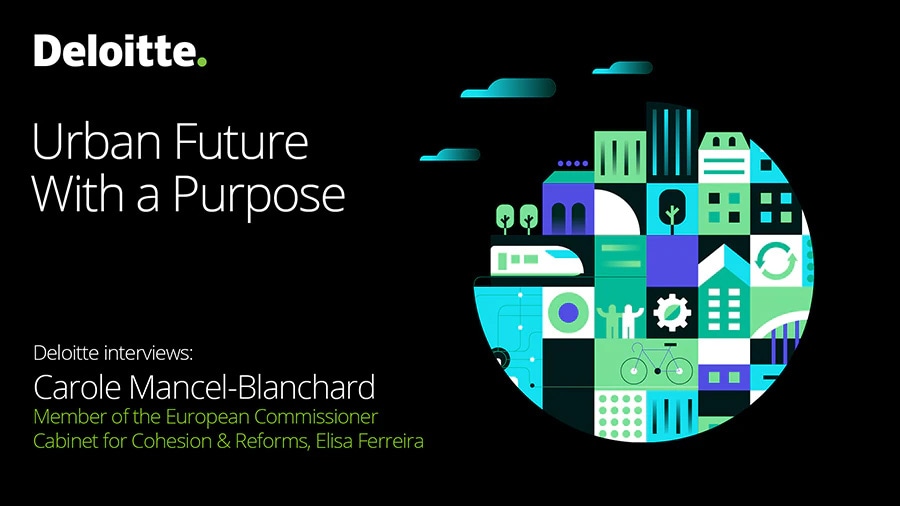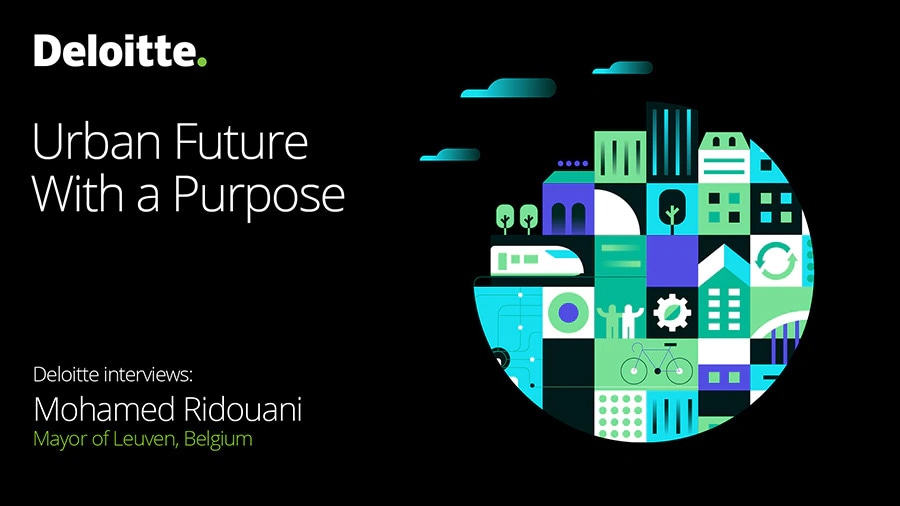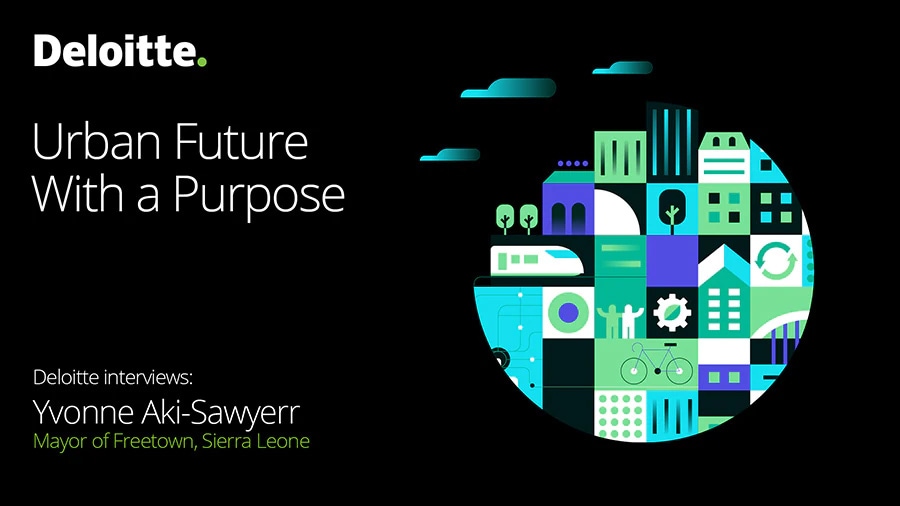Freetown, Sierra Leone
Freetown is one of the most crowded cities in the world, characterised by rapid but uneven growth. For instance, 38 per cent of the city’s expansion had taken place in either medium- or high-risk areas. This hazardous expansion had resulted in the growth of slums in flood-prone areas and environmental degradation. The Mayor has pointed out that building in flood-prone areas is made worse by incomprehensible urban planning and the scarcity of affordable housing. Adding to the challenge, the city does not have the mandate for urban planning decisions.
In January 2019 Mayor Yvonne Aki-Sawyerr launched the ‘Transform Freetown’ plan, a three-year vision for developing the city, to address Freetown’s socioeconomic challenges and environmental vulnerabilities. The plan encompasses four clusters and 11 priority sectors. The clusters are: resilience, human development, a healthy city and urban mobility. The government launched several initiatives under the plan, to address a range of issues from waste management and housing, to improving urban planning and tackling environmental degradation. Among others, the Mayor has pointed to building and constructing (for the first time ever) a wastewater treatment plant; work on a sanitary landfill; the introduction of recycling; and the training and funding of qualified gynaecologists, paediatricians and obstetricians, “which will be a game changer because it will help reduce the number of people who die at birth”.
The #FreetownTheTreeTown campaign is an initiative to reduce erosion and run-off and to increase vegetation cover in the city by 50 per cent by 2022, by planting one million trees. This is seen by the Mayor as a way to combat the rise in air temperature associated with deforestation. “The city has suffered from floods, a loss of diversity and poor air quality, and trees will help restore that.”
For phase one implementation of the campaign in 2019, the city council partnered with various federal ministries, the World Bank and the Environmental Foundation for Africa to plant and grow 500,000 trees in targeted areas to address recurring hazards and avoid potential disasters – such as a series of landslides and floods in 2017 which left more than a 1,000 inhabitants dead or missing and had an economic cost of over EUR 25.5 million (USD 30 million)22 , restore natural ecosystems, and protect the water supply and sanitation infrastructure.
As of 2020, the city had planted 245,000 seedlings and nursed 15 different species of trees across a number of sites. They will continue planting them in houses, schools, public spaces and office areas. Followed by an assessment of the tree canopy through machine learning, tree growth will be tracked through a locally developed Treetracker app, and the survival of the trees will be ensured through employment community stewards and the issue of impact tokens as a reward for good care. The initiative has created 553 green jobs amongst tree planting communities to ensure long-term sustainability of the strategy. “They are based in communities, they have responsibility for particular tree planting zones, for tree plant catchment areas, and they water them. But there is a jobs element here, also built into the nature of the trees that are planted. We have gone for economic trees: you are able to harvest mangos, cashews, fruits, moringa herbs, which have a commercial value. The community or the household will benefit from that.”
The city has also appointed climate change ambassadors, the local chiefs, to create awareness and avoid destruction of trees for fuel in cooking, as “82 per cent of the fuel used in Freetown for cooking is wood-based”.
The objective is to ensure equitable distribution of vegetation coverage across the city and to include the entire community in the process so that Freetown becomes more resilient to future challenges. 23 24 25
Lisbon, Portugal
As the use of cars increased, Lisbon’s streets became more congested. This led to a reduction in space for pedestrians and exposed the problems with urban design that prioritised making space available for cars and other vehicles.
To deal with the challenge, the city prioritised the development of pedestrian and cycling corridors. The city is building cycle paths in the city’s central artery and uptown avenues. It is working towards having 200km of bike lanes by the end of 2021, so that 93 per cent of the population has access to a cycle lane within 300 metres of their home. It is also creating a total of 27 cycle-pedestrian bridges.26 27
Lisbon has also taken initiatives to refurbish community squares as green public spaces. For example Martim Moniz Square, historically a commercial space, was transformed by grass covering and roof gardens with the aim of ‘returning the space to the city’. Praça de Espanha, a disorganised area, was turned into a green zone dedicated to walking and cycling.28 29
Lisbon launched ’LIFE LUNGS’ to implement a municipal climate adaptation strategy for increasing the resilience of the city through green infrastructure. By developing more green spaces, it aims to tackle rising temperatures caused by urban heat islands.30Only two days after Lisbon was awarded the title of European Green Capital in 2020, 4,500 people from all over the city and surrounding areas planted 20,000 trees. The city plans to be 100% carbon-neutral by 2050.31 32
Lisbon is also connecting its green areas to the Vale de Alcântara green corridor. It connects the city’s natural amenities, including Monsanto Park and the Tagus River, with cycle paths and walkways, providing greater access to green spaces.33
Shiraz, Iran
Growth in the population led to excessive construction projects in the city, poor living conditions, pollution and high energy consumption. To deal with the situation, the municipality started reforestation of the city’s periphery under an initiative called ‘the Green City’ project, which ran from 2008-2018.
The project targeted all citizens of the city, with a special focus on those living in areas of high unemployment and crime and also on tourists visiting the city.
The project had four elements: urban forest development, roof parks, linear parks and roof gardens. The government created green spaces, recreational areas, linear parks along streets and roof parks. It also encouraged planting on rooftops, and tax rebates were offered to private sector construction projects that were in alignment with the city’s development plan.
As a result, the per capita green space increased from 13m2 to 85m2. The project also increased ground water resources and produced 325,000 cubic metres of oxygen each day, improving the air quality in the city.
2,876 hectares around the city were transformed into forests of olive trees. Olive oil from the trees increased the municipal income, and reduced the city’s dependency on imports of olive oil. Another outcome was the prevention of ‘illegal’ construction and settlements around the city borders.
Following successful cooperation between authorities at different levels, state and local, a national law has been proposed for the implementation of similar projects in Fars Province (covering an area of 40,000 hectares). Other cities have signed an agreement to follow the example of Shiraz.34







